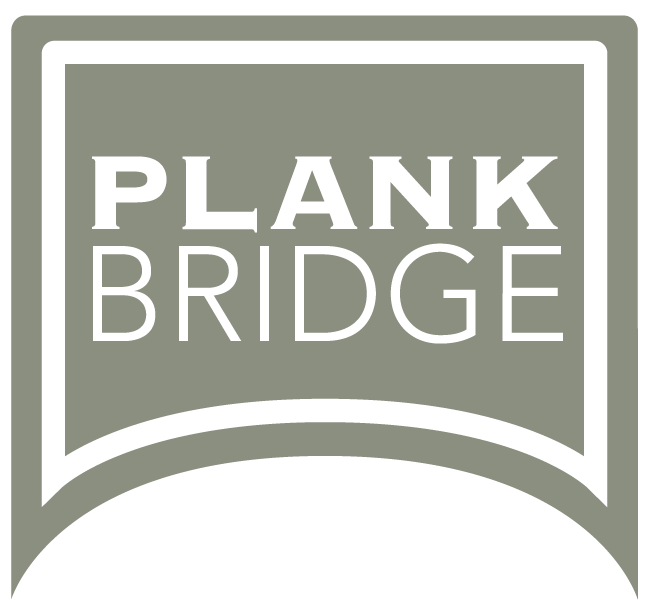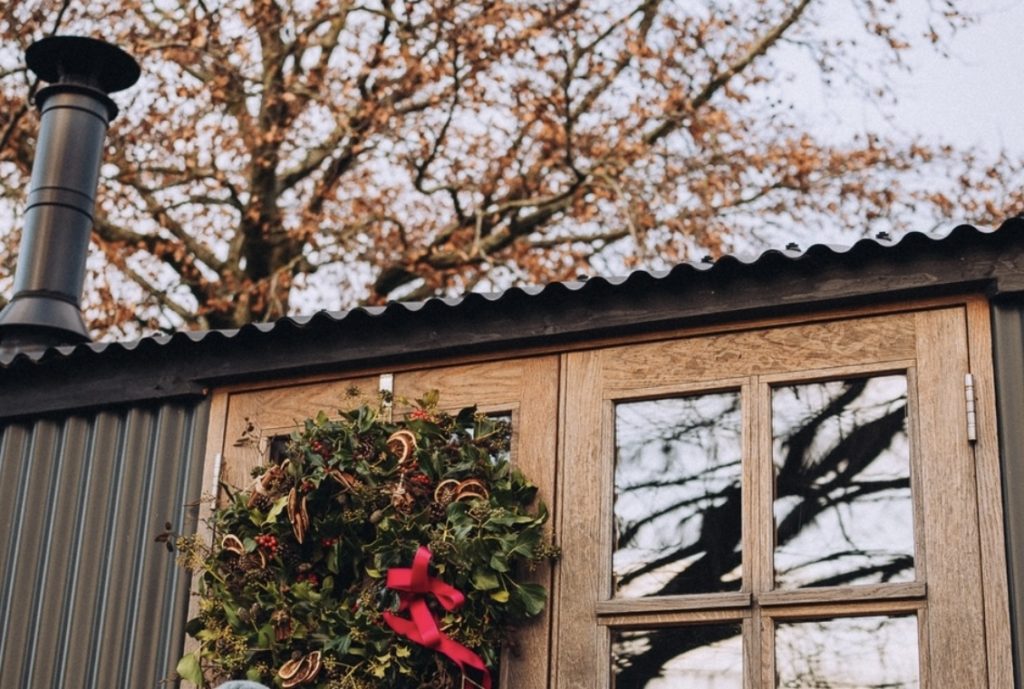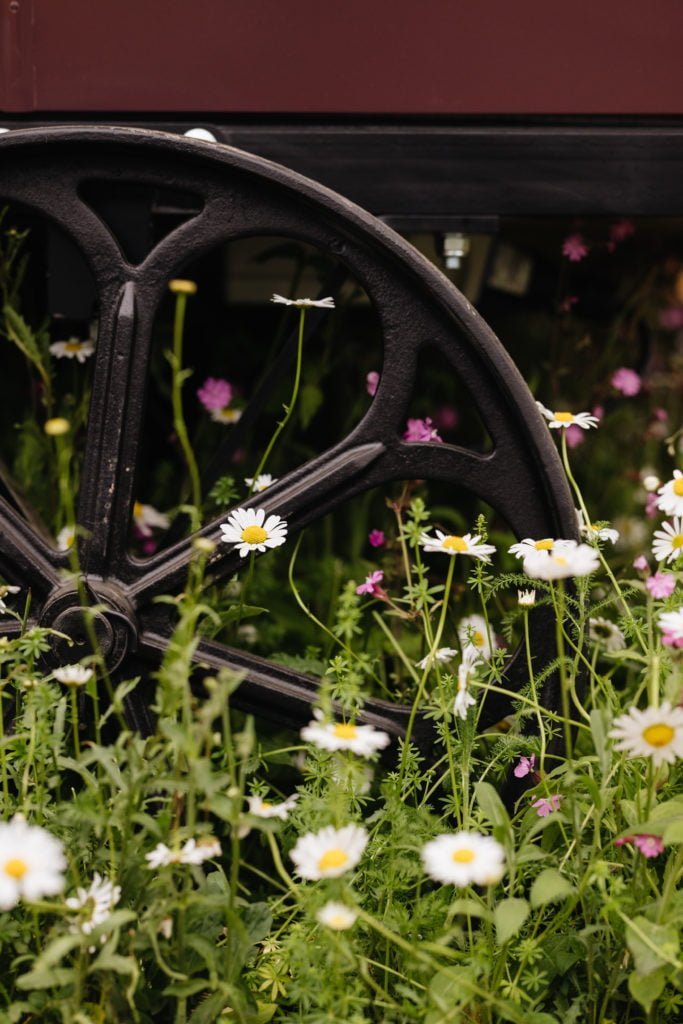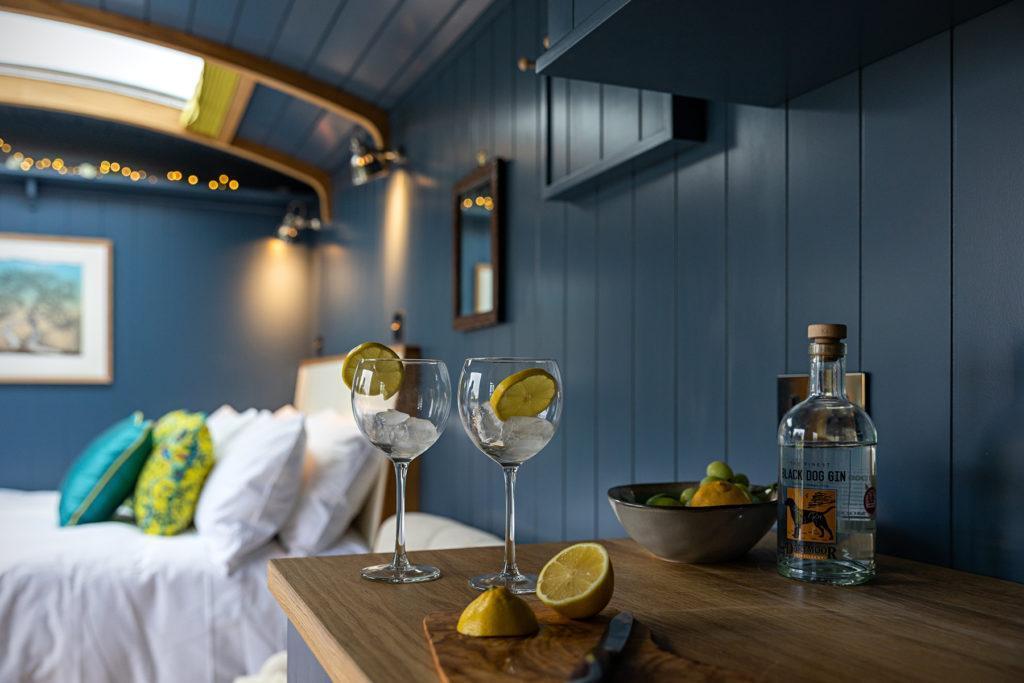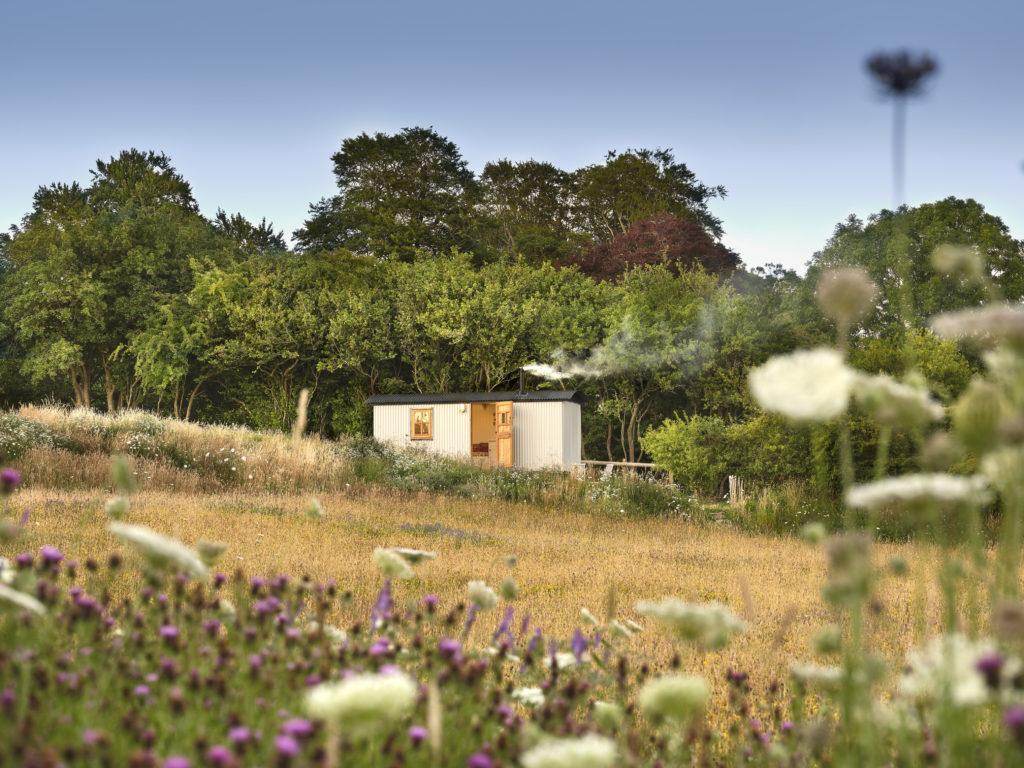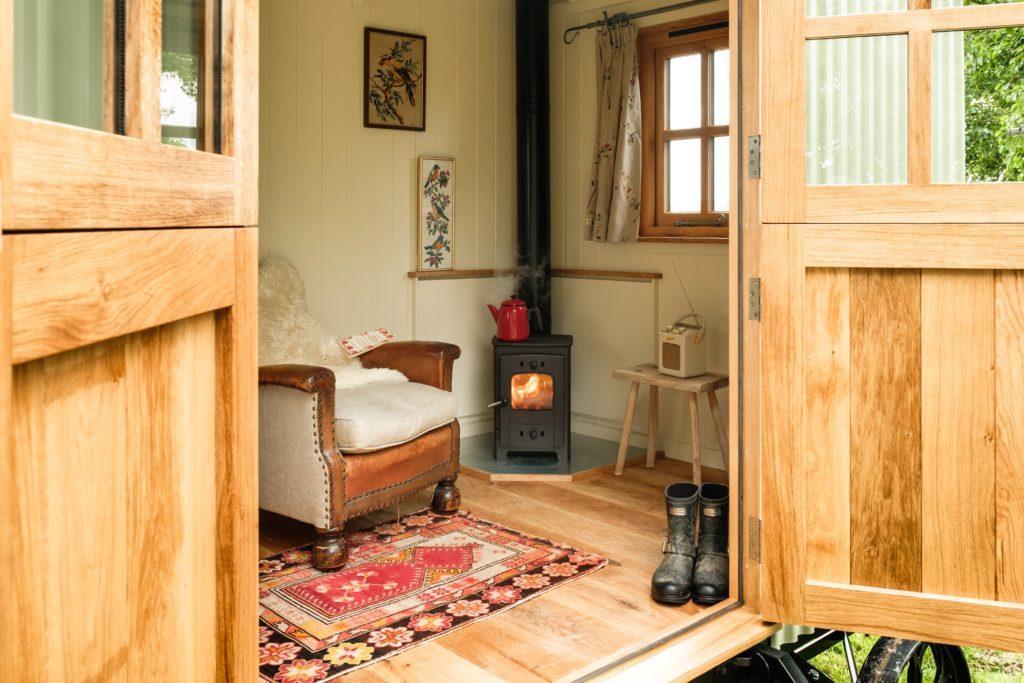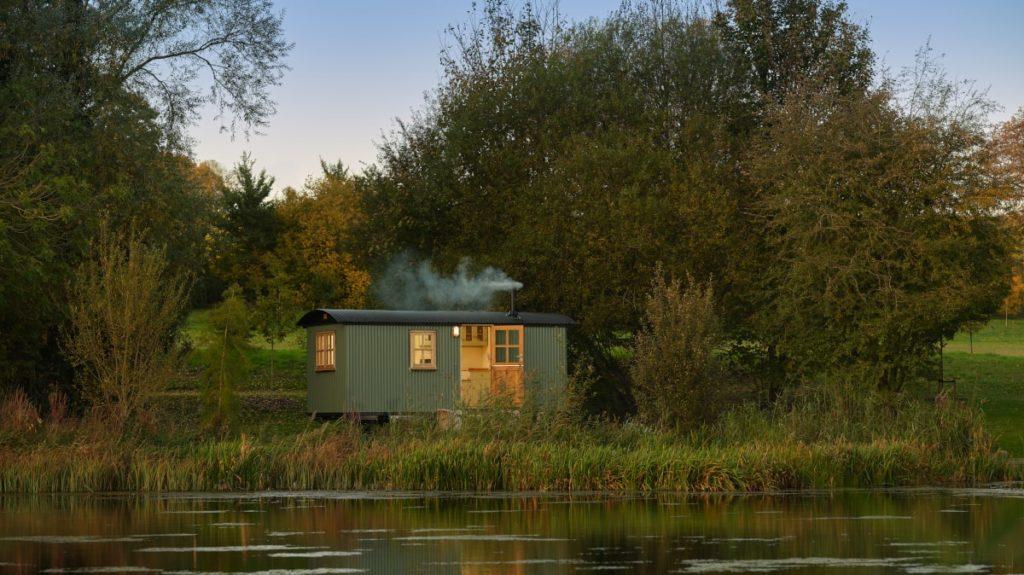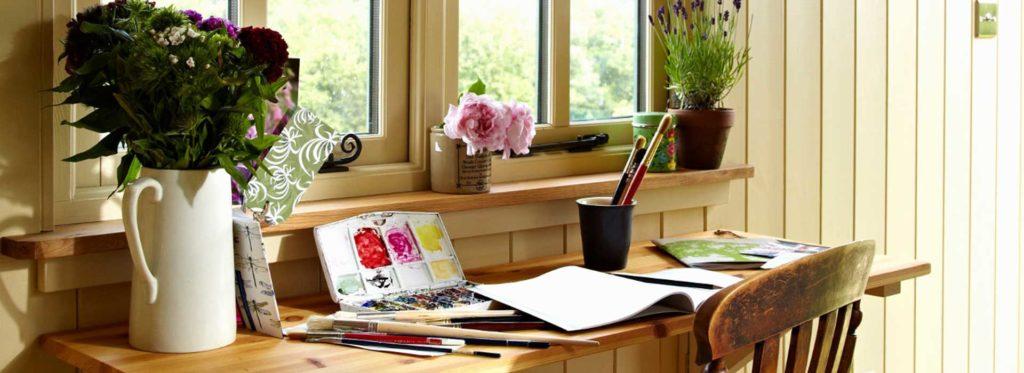In seeking some isolation from a surreal global pandemic and the desperate news it brings I have found myself in the sanctuary of our own shepherd’s hut. I’m at a yew wood knee hole desk, a reproduction that caught my eye in a Dorchester antiques emporium a few years ago. I’m sitting on one of my own oak shepherd’s chairs, a stout design with a sheepskin seat and a fair heft to it which some would say makes it impractical for many uses. But it’s comfortable, solid and dependable. Together the desk, seat and this quirky hut that we made offer me somewhere conducive to write. And that is what I’m going to do.
This shepherd’s hut, built in 2010 on iron wheels, is 12’ long and based closely on the Victorian originals that first inspired us. It sits beside the former watercress beds which we landscaped shortly after the millennium. A gently curved bank, dressed with topsoil from a building site in a nearby village, now hides the concrete walls of the beds, and two small islands offer the safety of higher ground for many creatures when the water rises in the winter. Two ash saplings that we moved to the island are now well established and perfectly framed in the open doorway. The billowing blackthorn is in flower on the far bank, and the floppy fronds of flag iris suggest that their beautiful yellow flowers are soon to be revealed.
The tongue and groove clad walls inside the hut are painted in the soft green of the flag iris leaves in shadow, which brings the outside view in. The solid oak floor is now showing the patina of age which only comes with use. I lived in this hut for a while when the house was being extended and the roof was off. It provided me, and Labrador Dipper, shelter for three winter months. I can see the marks where I chopped my wood, the nose of the billhook carelessly pitting the oak floor next to the stove. I knew it was marking it then, I accepted that one day I would be reminded of those months by the pockmarked floor. I love detail like that; the signs of a life which has gone before, like the boarded floor of a venerable old living van punctuated by a working man’s hobnailed boots, or the miller’s time worn handrail on the sun-bleached stairs of a watermill.
It has a small stove, blacksmith made and quite different to the stoves we fit today. But it is a good honest design made in Devon by an eccentric blacksmith, and it provided Dipper and I much needed warmth during some frosty nights. It evokes happy memories as I make it up now. It is beautiful in its simplicity, a small welded metal box 15” high which takes only the tiniest of logs, or offcuts if you are lucky enough to have a source. In the early years I would try to convince naysayers that it provided all the heat you need. But it looks too small so we have moved on.
The open stable door, a key feature of the original shepherd’s huts, seems to catch and amplify the birdsong. Daughter Hannah, eighteen now and freed from school’s shackles much earlier than expected, paddles quietly by with Jane and the dogs in the Canadian canoe just as they did when she was a small child. It is early April, and the birds are as active as can be; singing at full tilt and gathering nest material. I catch a glimpse of a busy gang of long tailed tits in the sallow by the side window, they don’t see me and seem lost in the energy of their blossoming Spring activities. The sap is rising.
The hut is painted in a drab dark green on the outside, and sits in the landscape as comfortably as the other natural features surrounding it. It’s been resting here for ten years at time of writing and, as it was pulled onto a rough gravel footing without much thought, it is just slightly listing to the port side. As I am planning to spend more time in the hut, I will level it onto a more even keel with some stone or timber pads.
I will write regularly in here, of how Plankbridge began, why we do what we do, tales of the fascinating people we’ve met along the way. I will dress the hut with bygones, hang some inspiring pictures on the walls and find space for an armchair. But it will have to be the right one, not just anything will do. I could have a guitar on a stand, source a suitable desk light and build some shelves for my favourite books.
I make up the stove again and shut the door. It is an early Spring evening and the temperature is beginning to fall outside. With the door closed and the lights on the atmosphere changes. The unique fug of the tiny wood burner makes for a snug feel, and the comforting crackle of the fire is added seasoning to make this the perfect feast in which to hunker down. My back is to the distant road, the well-insulated walls shield me from the modernity beyond. All I can hear now is muted bird song, the cawing of rooks and the gentle fire. I have found my sanctuary.
Musings from The Pondside | Part II
Musings from The Pondside | Part III
Musings from The Pondside | Part IV
